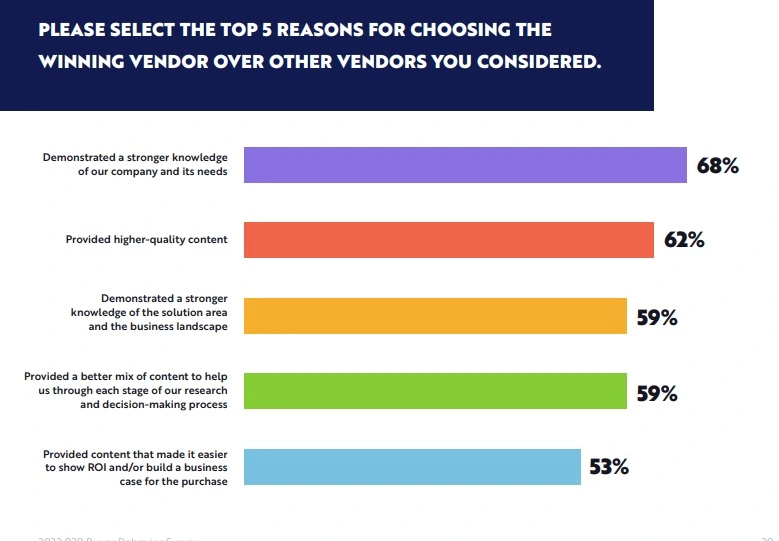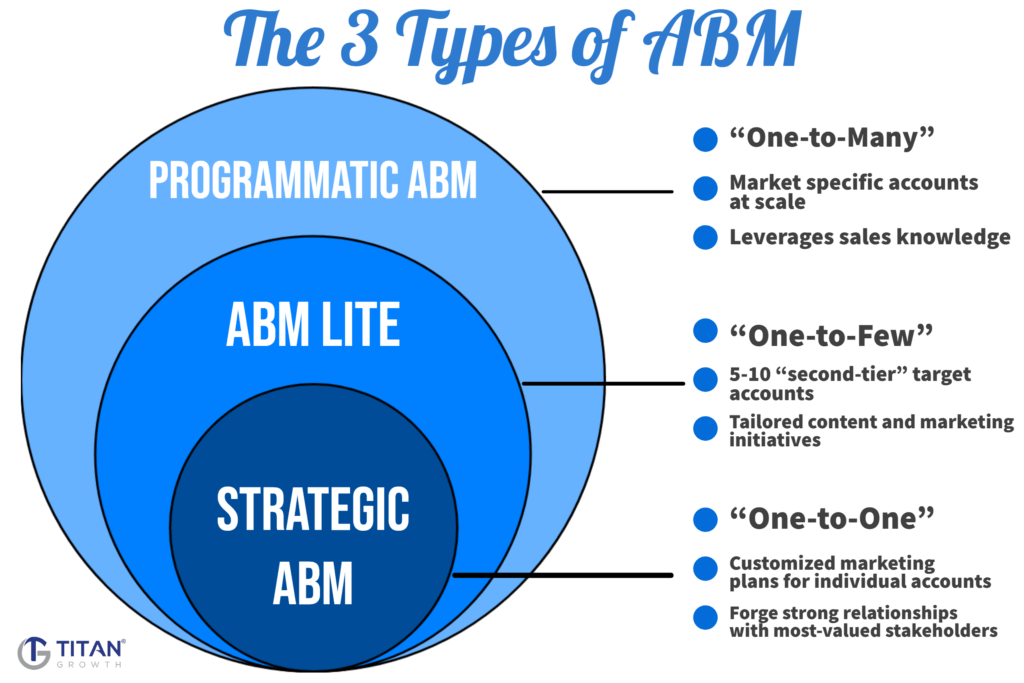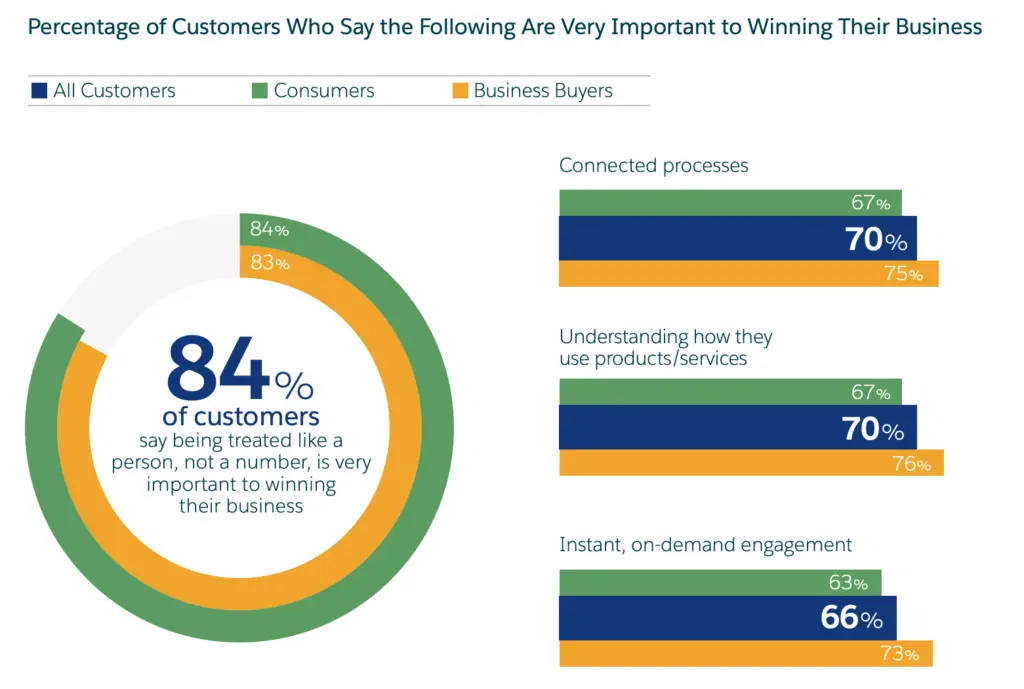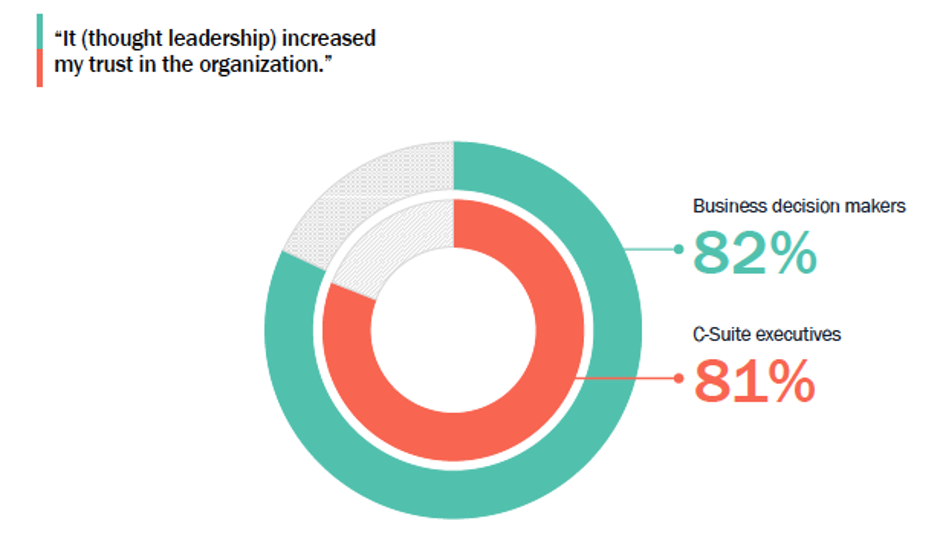The Definitive Guide to Account Based Selling
Buyer expectations in every B2B industry are higher than ever. Personalized interactions and customized content, buyer-seller relationships, unique sales experiences—these are all quickly becoming table stakes for winning new business. To meet these demands, you need to be leveraging account-based selling (ABS) in your sales strategy.
The good news: Account-based selling is no longer the time-intensive and high-cost strategy it was in the past. Sales automation and modern communication channels now enable every kind of company to execute ABS at scale.
In this guide, we’ll explain how. Read on for the definitive guide to modern account-based selling.
Quick Takeaways
- Account-based selling targets high-value prospects and accounts in a personalized way.
- ABS can be implemented and scaled at multiple levels, which include: programmatic ABS (one-to-many), ABS lite (one-to-few), and strategic ABS (one-on-one).
- Successful account-based selling is rooted in smart account selection, strong relationship building, and brand authenticity.
- Thought leadership content builds trust with ABS prospects.
- It’s important to train your sales team on ABS-specific communication styles and sales methods.
What is Account-Based Selling?
Account-based selling is a strategic sales approach that targets and engages high-value prospects and key accounts on a personalized basis.
Unlike traditional mass-marketing methods, ABS is focused on individualized interactions and provides a tailored experience to each unique buyer. This method requires a deep understanding of each account’s specific challenges, objectives, and decision-making processes.
Today, it’s this level of understanding that’s driving companies to choose certain providers. In fact, 68% of buyers say they chose their current vendor over others for that very reason—they showed a stronger understanding of their company and its needs.

What this tells us is that ABS is no longer a nice-to-have approach reserved only for boutique agencies or extremely high-ticket sales deals.
Instead, it’s an expectation across industries. To stay competitive, companies need to figure out how to execute an account-based selling strategy at scale.
Three Levels of Account-Based Selling
You might be thinking: Account-based selling at scale? Isn’t that a total contradiction? Perhaps by traditional standards, yes. But today, automation can help you deliver personalized and meaningful experiences at scale without sacrificing the quality of your interactions.
Further, you can incorporate ABS into your strategy at different levels according to your product and service offerings and the demands of your customers and industry.
Below you can see the three levels of account-based marketing (ABM) and sales: programmatic ABS, ABS lite, and strategic ABS.

Here’s how the three levels are broken down:
- Programmatic ABS: Takes a “one-to-many” approach, selling to specific accounts in a personalized way, but doing so at scale with the support of automation tools
- ABS Lite: Selling is executed “one-to-few,” with more manually-tailored content and sales experiences
- Strategic ABS: Sales interactions are done on a one-to-one basis and totally customized to the individual buyer
The right type of account-based selling for your business depends on your industry and your offerings. A marketing SaaS company, for example, can succeed with a programmatic ABS or ABS lite approach. A company selling high-ticket consulting services, on the other hand, will need to implement more strategic ABS.
The point, however, is this: Account-based selling can be for every business, and every business should be taking steps to implement it into their sales strategies.
5 Key Elements of a Successful Account-Based Selling Strategy
Smart Account Selection
The accounts you target in your ABS strategy should have a high likelihood to convert at a high profit margin. Selecting the right accounts, then, requires knowing your pipeline and customer base. Specifically, you should identify:
- Ideal Customer Profile (ICP) — Which organizations are best-fit for your offerings?
- Deal Size Data — Which buyers and segments make up your most profitable deals?
- Customer Lifetime Value (CLV) — Which buyers and segments are sticking around and yielding the most revenue over the lifetime of their relationship with your company?
- Strategic Goals and Objectives — What markets and buyer segments do you want to prioritize in the immediate future? Those should get ABS-level attention.
A Focus on Relationship-Building
A good sales organization knows that the process is never purely transactional. Your potential customers want to build real relationships with your company—connections that show you truly care about their needs.
This is especially true in account-based selling. Focus on more than just the metrics that matter to you as the seller, and get to know your buyers’ unique needs and preferences. Learn about the pain points that led them to seek your solutions in the first place, the problems they intend to solve, and specific ways your solutions can help them succeed.
Remember, too, that the big things are the little things when you’re building sales relationships. Respond quickly to calls and emails, remember names, mention previous conversations, and generally make an effort to show each buyer they’re more than just an entry in a CRM system.
According to Salesforce, this type of attention is exactly what buyers are seeking—84% say that being treated like a person, not a number, is very important to winning their business.

Thought Leadership Content
Thought leadership content is content that demonstrates your expertise and positions your brand as a leader in your industry. It can come in any content form: blogs, webinars, ebooks and whitepapers, social media posts, email newsletters and more.
Thought leadership is important to the sales process because it builds trust, and trust encourages your ABS prospects to move forward with their purchase decisions.

Trained and Capable Sales Reps
Account-based selling requires a different skill set than standard sales. Conversations are more personalized and potential deal size is often bigger. Reps must know how to navigate high-stakes conversations with finesse, act with confidence, and effectively address questions and needs.
Set your team up for success by training them on the specifics of account-based selling and using interactive techniques to help them practice the types of conversations and interactions they’ll have with ABS prospects.
Brand Authenticity
Last but not least: As you implement or refine your account-based selling strategy, remember to stay true to your brand. Buyers value brand authenticity, and it’s important not to get lost trying to impress a buyer and lose sight of what you can really offer.
When you take the steps we’ve covered—smart account selection, relationship building, thought leadership, and ABS training—your brand, offerings, and sales team will speak for themselves.
Optimize Your Account-Based Selling with Televerde
Automation tools can and do help businesses scale their account-based selling in ways that weren’t possible in the past. Still, an effective ABS strategy often requires greater resources than those a company has in-house.
In those cases, Televerde can help. We provide industry-leading marketing, sales, and customer support solutions rooted in best practices and customized to each of our client’s needs.
Want to learn more about how we can help you enhance your ABS strategy and grow your business? Contact our team today.


